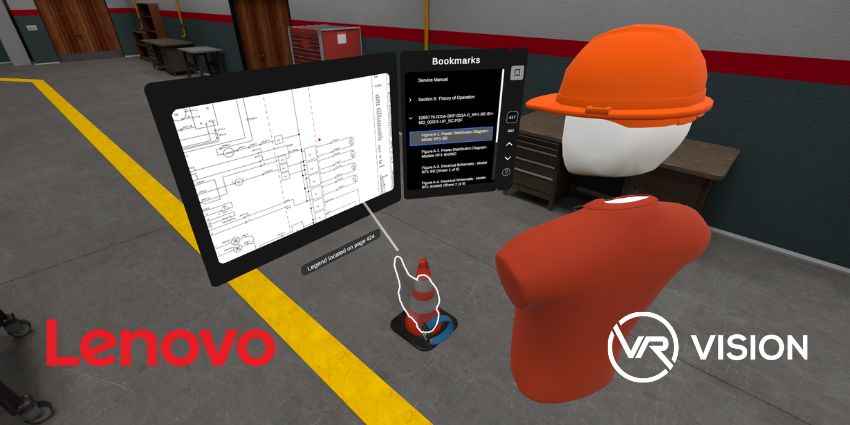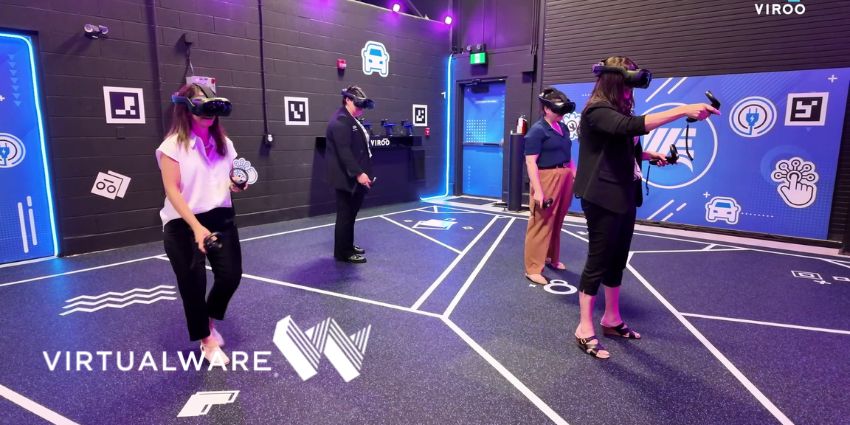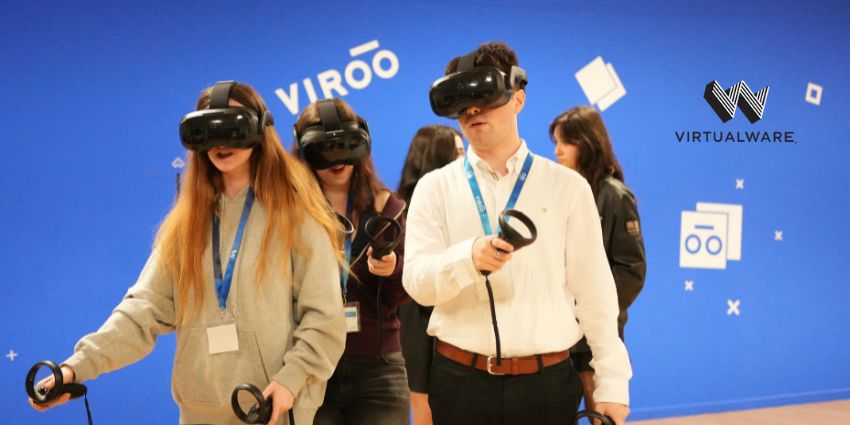When Alexander Graham Bell first unveiled the telephone, people thought it was a pointless toy. It took years of marketing, demonstrations, and infrastructure investment before The Bell Telephone Company took their invention mainstream. “What could possibly be the practical use?” people asked, clutching their telegrams.
Fast-forward to 2025, and Samsung’s quietly asking the same question of us. What’s the practical use of extended reality? Their answer: training. Real, boring, HR-approved, corporate training (only this time it might actually work).
The Next Classroom?
Samsung’s Human Resources Development Center (HRDC) has launched what it calls a next-generation training initiative – part AI tutor, part XR immersion lab. The plan? Use its upcoming Galaxy XR headset to train more than 20,000 employees a year, from factory recruits to C-suite veterans.
If this sounds like corporate gamification on steroids, that’s because it is. But beneath the novelty, there’s something quietly radical here. Samsung is aiming to re-engineer how humans learn inside a company of 260,000 people. In other words, the world’s largest electronics giant is now its own guinea pig.
When AI Meets XR
Inside Samsung’s new learning ecosystem, AI acts as both mentor and mirror. Each XR training session adapts in real time – spotting hesitation, adjusting difficulty, offering subtle nudges to improve performance. Picture onboarding inside a hyper-real simulation of your workplace, guided by an AI coach that knows your blind spots better than your manager ever could.
This isn’t speculative fluff; it’s already in motion. Samsung’s program blends the precision of data-driven learning with the engagement of immersive storytelling – transforming training from a tick-box exercise into something people might actually remember.
And true to form, Samsung isn’t making a spectacle of it. No grand metaverse manifesto, no flashy demos. Just a quiet, calculated rollout at scale. It’s the kind of move that doesn’t trend on social media but quietly rewires how an entire workforce learns.
Why Every CIO Should Pay Attention
Here’s the thing: XR has been stuck in demo purgatory for years. Slick videos, bold promises, then nothing but hot air. However, Samsung’s bet reframes XR as a core productivity platform, merging AI and immersive tech to supercharge learning, reduce costs, and drive measurable outcomes.
If this approach works, expect ripple effects:
Training & Upskilling: XR provides the muscle memory and context traditional e-learning lacks.
Data-Driven Coaching: AI can analyse engagement and improvement rates, creating a closed feedback loop for HR teams.
Scalable Infrastructure: Samsung’s internal deployment becomes a real-world proof point for its hardware and a case study for every other enterprise wondering how to justify XR investment.
The Bigger Picture
This move also mirrors a broader trend in enterprise XR. As of 2024, over 65% of Fortune 500 companies were actively deploying VR-based training solutions. From Accenture’s metaverse onboarding to Walmart’s VR retail simulations, training remains the stealth growth engine of spatial computing.
When executives experience the measurable impact of immersive learning – retention, safety, engagement – XR stops being “emerging tech” and starts being essential infrastructure. Samsung, with its scale and ecosystem, may have just nudged that transition along.
From Toy to Workplace Training Tool
Samsung isn’t waiting for the “metaverse” to be fashionable again. It’s building one, internally, for pragmatic reasons: productivity, efficiency, and (whisper it) profit. And here’s the beautiful irony: what began as a consumer electronics company might end up being the one that trains the world’s enterprises to think spatially.
So yes, Bell’s telephone once looked like a toy. And Samsung’s headset? It might just be the next office desk.
As spatial computing creeps into the workplace, the real question is: will your company still be talking about adoption, or already training in 3D?







